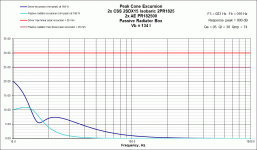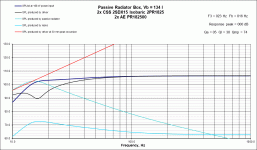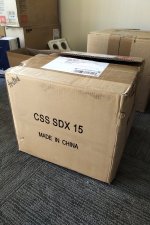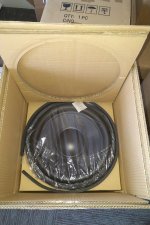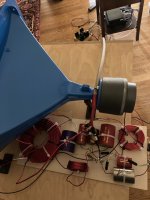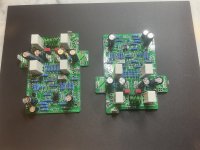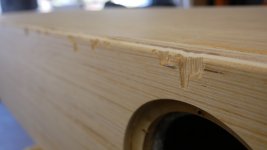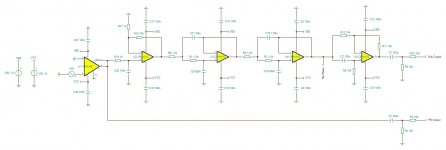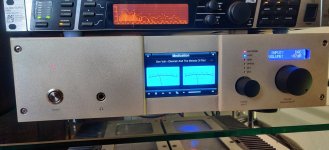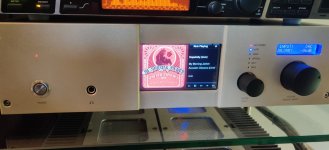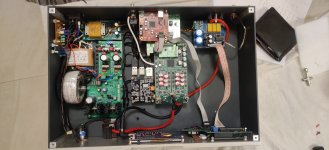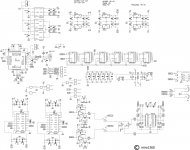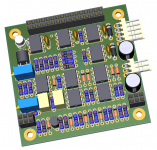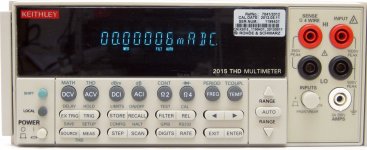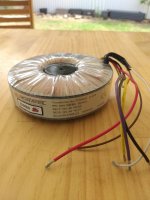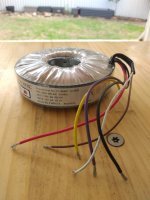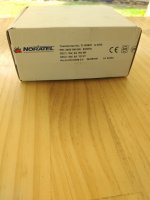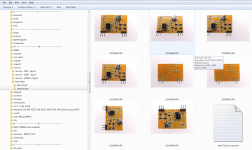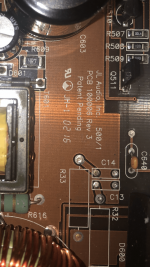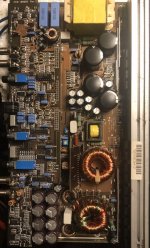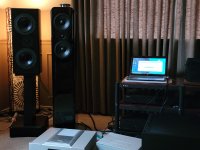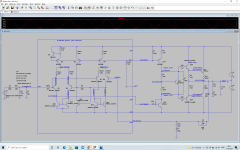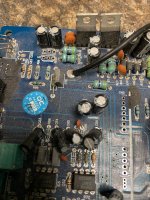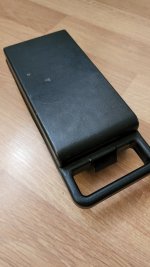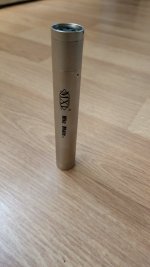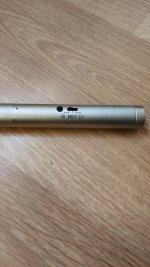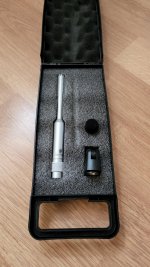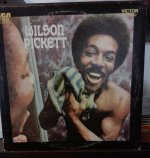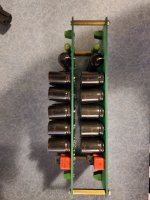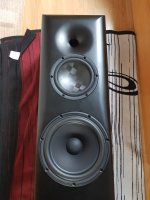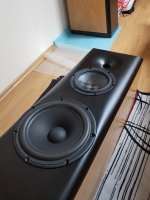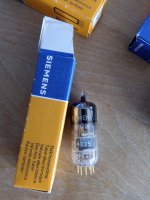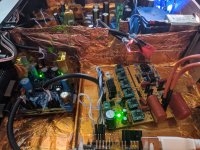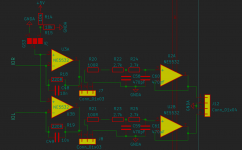Hello,
Here is the V2 of my modular TDA1387 DAC, but even this one i dont consider released but a development version which is why im making this thread.
I'll then release the gerber files and anyone can make their own if they want to.
We're using PSU -> cap multiplier -> Jung superreg. For I2S, we have the JLsounds I2SoverUSB board.
Using 5 x 6 dacs in parallel in little towers, parallelisation averages the currents and improves SNR, but more importantly increases current, meaning we can get away with using a lower value passive resistor, The dac wants to see as close to 0R on its outputs. Also, we dont need further voltage amplification to line level, here i used a 51 ohm resistor.
There's footprints for pin 7 (VREF) decoupling caps but i dont hear a positive difference and some others practice this same method.
Im still troubleshooting some parts though, as simple as everything is i managed to muck it up apparently.
With 30 dacs, current is +-30mA. On 51R that should be almost 1.5v p-p, however on full volume i only get 30mA (what we should get with only one dac). So somehow we managed to break ohm's law here.
I also tried TDA1543 (non A, that one is EIAJ) since they are pin compatible and appear both are I2S. I have some NXP branded ones, but they dont seem to work at all, just get some white noise (although its volume changes slightly with what should be music playing, but its still pure white noise). I tried a lot of combinations according to the
connection sheet like left and right justified and different word lengths, but all is the same, so i dont know if anyone else has experience with this..
The opamp I/V (passive and opamp I/V is switchable via jumper, for evaluation) also seems to have an inexplicable 1.75V of DC offset and sounds crunchy.
J5 selects what gets connected to the non inverting output. When used with +-15V (like i do), i connect it with GND. The other is just VCC/2 for single supplies.
The feedback resistor is low because there should be a lot of current so we dont need a lot of gain, after that there's the optional buffer (connect 3 and 2 on J7 and J8). Anyway problem happens before the buffer so it doesnt seem to be the issue. Its probably something really silly but i dont see it..
Best regards
